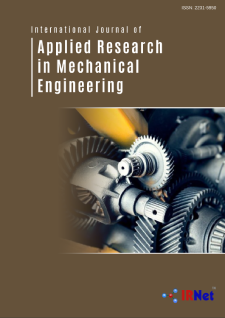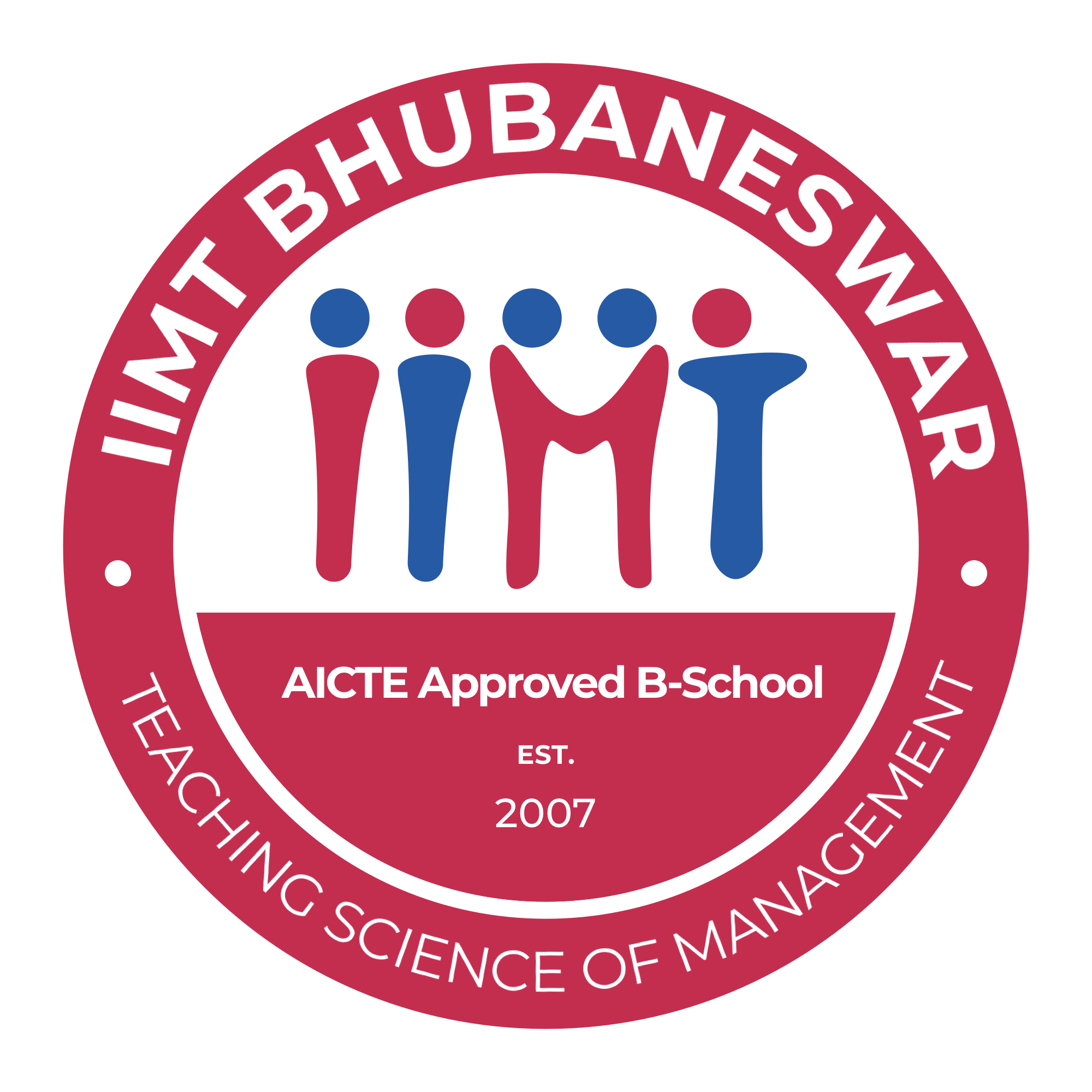International Journal of Applied Research in Mechanical Engineering IJARME
ISSN: 2231-5950

Abstracting and Indexing


IJARME
Simulation and Analysis of Biogas operated Double Effect GAX Absorption Refrigeration System
G. Subba Rao
Dept. of Mechanical Engineering,Geethanjali Institute of Science and Technology, Gangavaram (V), Kovur (M), NelloreDt., 524 137, Andhra Pradesh, Indi
Abstract
A thermodynamic simulation of a double effect generator heat exchanger absorption refrigeration cycle using biogas as source of energy has been carried out. The binary mixture considered in the present investigation was NH3 – H2O (Ammonia - Water). This simulation was performed in order to investigate the effect of the temperature and pressure of the high temperature generator and the pressure of evaporator have over the Coefficient of Performance (COP) for a constant condenser and absorber temperatures. The basic parameters at various state points of the cycle was computed using standard correlations. The solution circulation rates and volume of biogas required for operation of the cycle are analysed for the variations in operating parameters at the high temperature generator and evaporator.
Recommended Citation
[1] I. Shwartz, and A. Shitzer, Solar Absorption System for Space Cooling & Heating, ASHRAE Journal, 19, (11), 1977, 51-54. [2] J. P. Van Passen, Solar Powered Refrigeration by means of an Ammonia-Water Intermittent Absorption Cycle. Ed 1 (May 1987); p.12 [3] E.P. Whitlow, Tends of Efficiencies in Absorption Machines, ASHRAE Journal, 19, (11), 1966, 44. [4] D.W. Sun, Computer Simulation and Optimization of Ammonia-Water Absorption Refrigeration Systems, Energy Sources, 17, (3), 1997, 211-221. [5] D.W. Sun, Thermodynamic Design Data an Optimum Design Maps for Absorption Refrigeration Systems, Applied Thermal Engineering, 17, (3), 1996, 211-221. [6] D.W. Sun, Comparison of the Performances of NH3- H2O, NH3-LiNO3 and NH3-NaSCN Absorption Refrigeration Systems: Energy Conversion Management, 39, (5/6), 1998, 357-368. [7] ASHRAE, ASHRAE Handbook, Refrigeration Systems and Applications, Chapter 40, p 40,1. ASHRAE, 1791 Tullie Circle, N. E., Atlanta, GA 30329, 1994. [8] Ataer, O.E., Gogus, Y. 1991. Comparative study of irreversibilities in aqua-ammonia absorption refrigeration systems. International Journal of Refrigeration 14: 86-92. [9] Izquierdo, M., Aroca, S. 1990. Lithium bromide high temperature absorption heat pump: Coefficient of performance and exergetic efficiency. International Journal of Refrigeration 14: 281-291. [10] Koehler, W.J., Ibele, W.E., Soltes, J., Winter, E.R. 1988. Availability simulation of a lithium bromide absorption heat pump. Heat Recovery System & CHP 8(2): 157- 171. [11] Karakas, A., Egrican, N., N, Uygur, S. 1990. Second law analysis of solar absorption cooling cycles using lithium/water and ammonia/water as working fluids. Applied Energy 37: 167-187. [12] Shun-Fu Lee., Sherif, S.A. 1999. Second-law analysis of multi effect lithium bromide/water absorption chillers. ASHRAE Transactions 23(3): 1256-1266. [13] Shun-Fu Lee., Sherif, S.A. 2001. Second-law analysis of double effect lithium bromide/water absorption chillers. ASHRAE Transactions 9(5): 664-673. [14] Subba Rao, G., Vemuri Lakshminarayana. Experimental investigation of an industrial double effect LiBr - H2O Vapour absorption refrigeration system. 2005. Proc. of national conference on Emerging Trends in Energy and Environment, Dept. of Environment, Tamilnadu & Sairam Engineering College, Chennai, India. pp: 220-225. [15] Aphornratana. S., and I. W. Eames, 1995. Thermodynamic analysis of absorption refrigeration cycles using second law of thermodynamic method. International Journal of Refrigeration 18(4): 244-252. [16] ASHRAE. 1997. 1997 ASHRAE HandbookFundamentals. Atlanta: American Society of Heating, Refrigeration and Air-Conditioning Engineers, Inc. [17] Bejan. A., G. Tsatsaronis, and M. Moran. 1996. Thermal design and optimization. New York: John Wiley. [18] Eisa. M. A. R., and F. A. Holland. 1986. A study of the operating parameters in a water – lithium bromide absorption cooler. International Journal of Energy Reasearch. 10: 137-144 [19] Grossman. G., M.Wilk. and R. C. DeVault. 1994. Simulation and performance analysis of triple-effect absorption cycles. ASHRAE Transactions 100(1): 452- 462 [20] Van Wylen. G. J., Sonntag. R. E. 1976. Fundamentals of classic thermodynamics 2nd edn. John Wiley & Sons, New York.